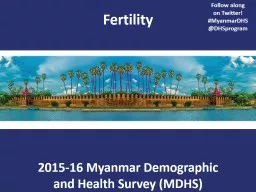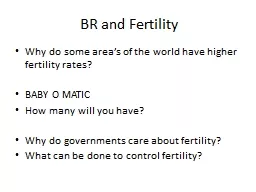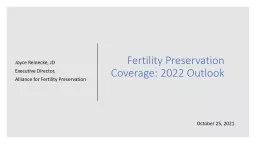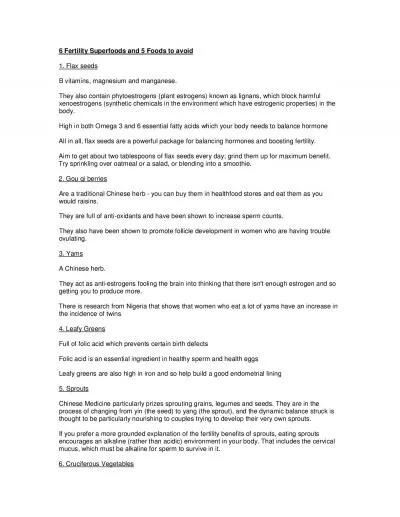PPT-Fertility Follow along on Twitter!
Author : tatiana-dople | Published Date : 2018-10-27
MyanmarDHS DHSprogram 2007 Min Zaw Courtesy of Photoshare Levels and differentials Determinants of fertility Fertility preferences and ideal family size 23
Presentation Embed Code
Download Presentation
Download Presentation The PPT/PDF document "Fertility Follow along on Twitter!" is the property of its rightful owner. Permission is granted to download and print the materials on this website for personal, non-commercial use only, and to display it on your personal computer provided you do not modify the materials and that you retain all copyright notices contained in the materials. By downloading content from our website, you accept the terms of this agreement.
Fertility Follow along on Twitter!: Transcript
Download Rules Of Document
"Fertility Follow along on Twitter!"The content belongs to its owner. You may download and print it for personal use, without modification, and keep all copyright notices. By downloading, you agree to these terms.
Related Documents














